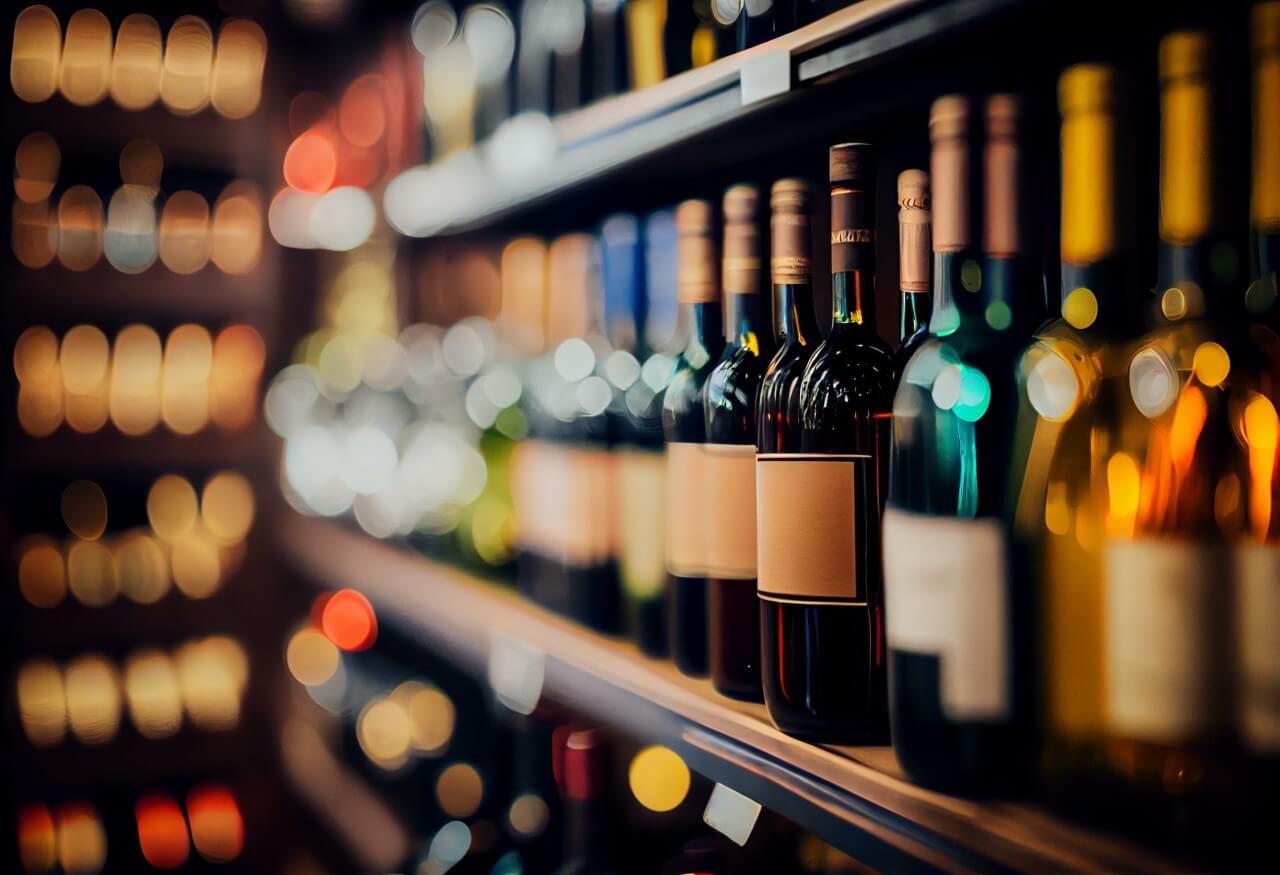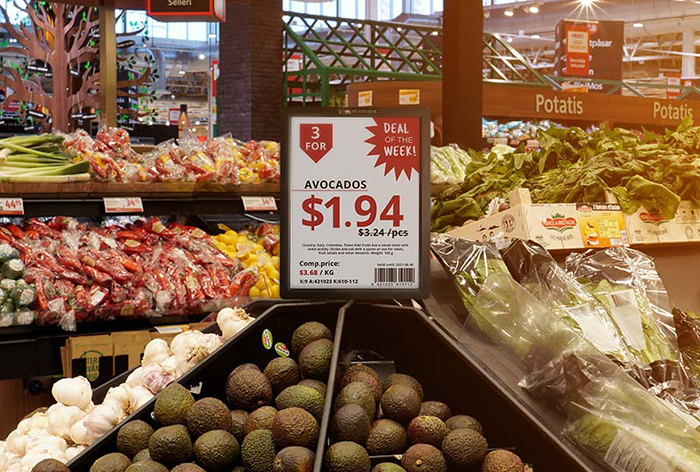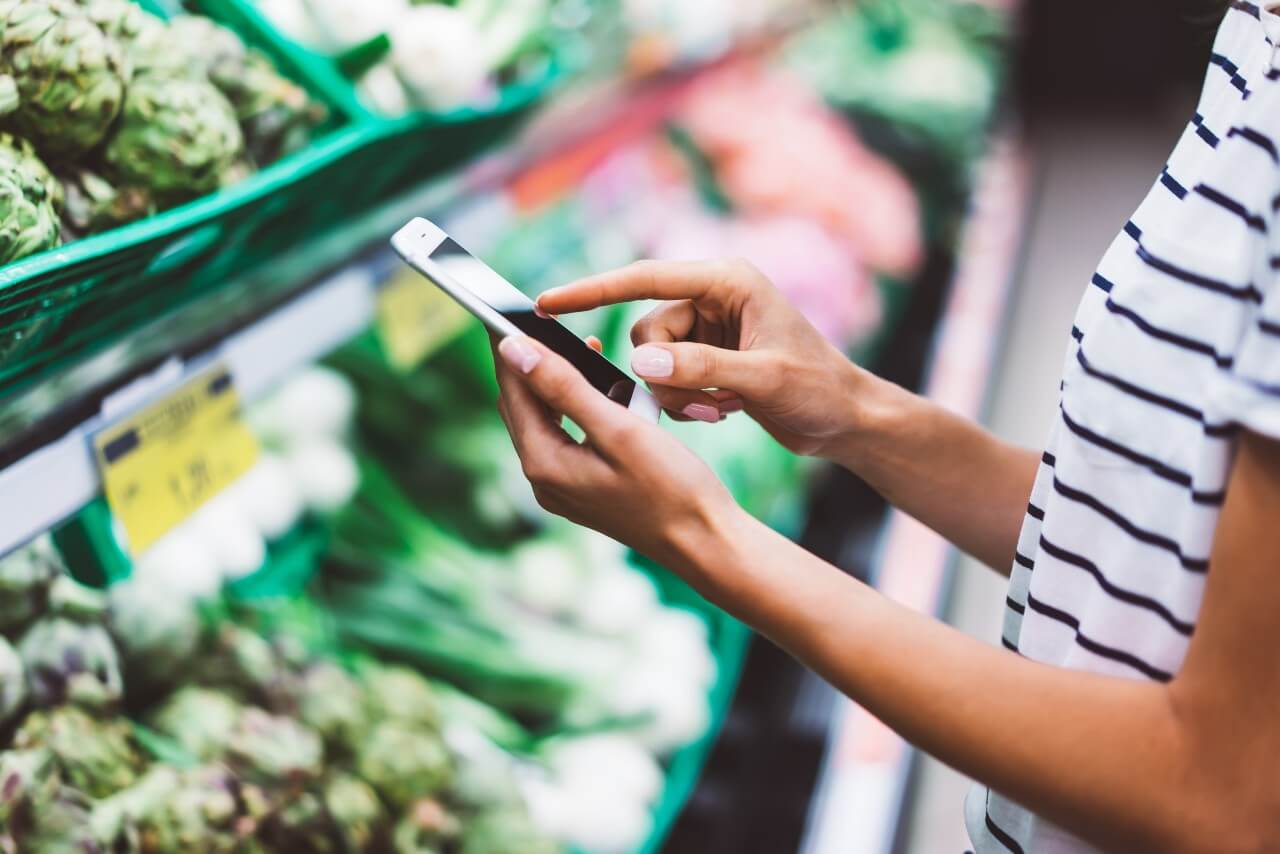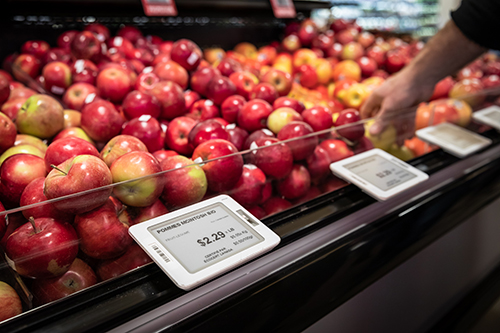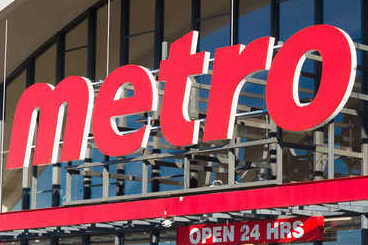Retail sales promotions are a category of marketing tactics that today’s consumers trust and respond to. Despite the growth of multichannel and digital methods for communicating with customers, retailers still need to offer their target audience an extra reason to take the next step and make a purchase. Sales promotions do just that.
JRTech explains how 5 types of time-tested retail sales promotions can help you increase retail purchases by both new and returning customers if you implement them with the right tools for the digital age.
What are sales promotions?
A sales promotion is just one tactic within an overall marketing strategy. Sales promotions have a clear goal: increase sales to move inventory.
How do sales promotions motivate buyers? By offering shoppers a deal: they can make a purchase at a lower price or get an extra product at no cost.
The following ideas for retail sales promotions may look familiar, but their utility remains undeniable. These tactics are proven to offer customers extra value, boost brand image and increase sales.
1. Giveaways
A giveaway is a great way to make customers feel appreciated and move excess inventory. There are four main types of giveaways:
Coupons
Retail stores can send virtual coupons to first-time shoppers or offer them to customers who spend a minimum amount of money on a purchase.
Cross-selling works well with coupons if you target consumers based on their purchase history. For example, in a pharmacy, a consumer who buys a product specific to senior citizens could receive a coupon for another product relevant to the same consumer group.
Receiving a coupon that is geared toward their personal purchase history can make a consumer feel noticed and valued. An offer that feels exclusive will go further to motivate customers to return and make another purchase.
Gift with purchase
A gift with purchase involves giving away a free product when a customer makes a qualifying purchase. To make this type of giveaway lucrative, retailers will need to choose their minimum purchase requirements carefully, and focus on giving away only surplus stock.
It is also possible to send branded gifts to customers who make a purchase over a certain amount. These will remind customers of your brand, and if created thoughtfully, inspire an emotional attachment. Examples include pens, keychains and magnets, but you could also choose another product that is more directly related to your product line.
Contests
Another way to structure a giveaway is in the context of a contest. Contest entry rules can include a minimum purchase or an exchange of information. Asking for an email address, for example, can help you improve your knowledge of your target consumer audience and give you a means to communicate with your buyers in the future. Contests are especially well-suited to promotion (both organic and paid) via social media.
The contest winner or winners will receive a gift certificate or product and you can further boost your brand image by congratulating the lucky individual(s) across various communication channels.
Multi-buys
Multi-buys involve presenting a giveaway as a “2 for 1” promotion. Multibuys include BOGO (Buy One Get One) and BOGOF (Buy One Get One Free) and usually involve offering either a very large discount on a second related product, or a completely free related product.
This type of giveaway only works if you sell products or services that are logically related and that are a certain size and price. For example, it is unlikely that a ‘buy one sofa get one sofa free’ promotion would work! Consider whether your product is used as a set or is a near-commodity like a drink or decoration. Grocery stores often have products that can work well in a multi-buy promotion, such as related cooking utensils or commonly combined food items.
Retail stores can even combine multibuys to make the offer even more enticing. For example, you can offer customers a ‘buy two and get the third at half price’ promotion at the same time as a ‘buy three and get the fourth free’ deal.
2. Percentage and dollar amount price promotions
Percentage discounts are among the most popular and effective types of retail promotions. Storewide percentage discounts are proven to work best to increase conversions – it’s easy to track profits and adjust this type of discount as needed, depending on the type of marketing media you are using.
You can also implement a similar promotion with a specific dollar amount, such as ‘$5’ off. Of course, you will need to adjust the amount of the discount according to the perceived value of your products and your desired profit margin. While sitewide percentage discounts tend to work better, a dollar amount discount is also very effective.
Digital technologies like Pricer electronic shelf labels from JRTech Solutions can be used to streamline promotion management. With the ability to update prices quickly and easily, you can save valuable time that would otherwise be spent manually changing prices.
3. Seasonal offers
Seasonal promotions have a built-in sense of urgency because they are only valid for a limited amount of time. Seasons and special events can differ in length – consider the difference between a spring promotion or a sale on New Year’s Day – but consumers are always aware that there is a time-limit.
Some seasonal promotions are directly related to your target audience’s lifestyle and demographic, like buying back to school supplies, while others are more general and not necessarily related to your specific product. For example, an electronics store could still benefit from throwing a summer sale, even though electronics are used year-round.
Check your competition before setting up a sales promotion of this type. Examine what they do well, and what works. Keep in mind that there may be seasonal opportunities specific to your product that your competitors will not be able to implement. Get creative, and know your own brand inside out.
Promoting seasonal sales can be expensive if you rely on traditional channels. Paper flyers and posters that are only relevant for a few days can result in a lot of waste, which hurts your brand image in today’s market of environmentally aware consumers. In addition, once the season is over, there is nothing less appealing than seeing leftover print media still in circulation. Digital signage is a cost-effective solution for promoting retail sales in-store that accommodates easy updates and the integration of compelling graphics.
4. Free Shipping
Ecommerce stores and dark stores rely on shipping to get their products to consumers. A free shipping promotion can drive a lot of conversions, but some retailers say this type of retail promotion is only effective if it is applied as a blanket. For example, offering free shipping on a base purchase amount works better than offering free shipping on specific products.
5. Loyalty programs
If you’re looking to increase your sales over the long term, loyalty programs are the type of retail sales promotion you need to implement. By earning points every time they shop with you, consumers can look forward to free products, discounts or other perks (like free shipping) when they return to your store.
Start small when you implement a loyalty program, so that your offer doesn’t hurt your profits. Track sales and points with the help of digital technology so that you can adjust your promotion quickly and easily as needed. Make sure customers are aware of the precise rules for redeeming points, and make sure there are no loopholes that could allow expired or excessive points to be used against purchases.
JRTech offers digital solutions for retail sales promotion
Regardless of the type of promotion you choose, remember to consider your goals. Do you want to retain loyal customers, or are you more focused on building brand awareness? Coupons and branded gifts can keep consumers coming back for more, while announcing a giveaway on social media will increase your audience. Loyalty programs involve customers over the long term, while a seasonal sale can encourage new customers to try your product for the first time.
Contact JRTech for digital solutions that improve in-store communication and inventory management. Our world-renowned electronic shelf labels are an effective solution for retail store managers who need to change prices quickly and efficiently to accommodate promotions.

